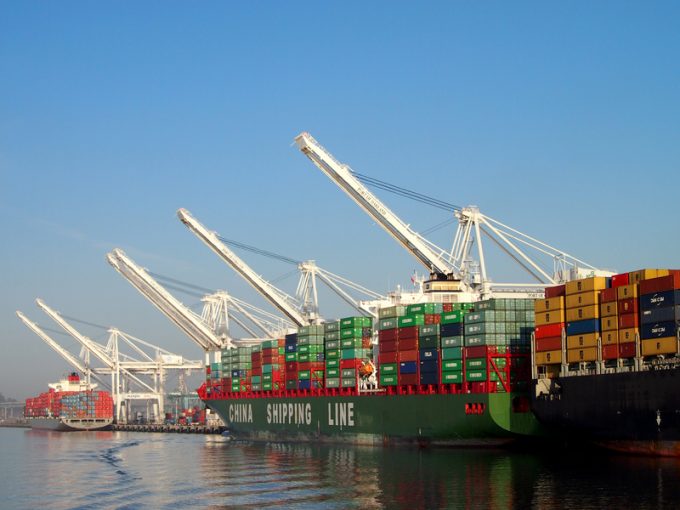
© Eric Broder Van Dyke | Dreamstime.com
By Mike Wackett
A sharp upswing in demand on transpacific headhaul routes while the US is still in the grip of the pandemic has confounded analysts who had predicted a much slower recovery.
According to the latest report from Blue Alpha Capital, container imports into the US at the ...


Comment on this article